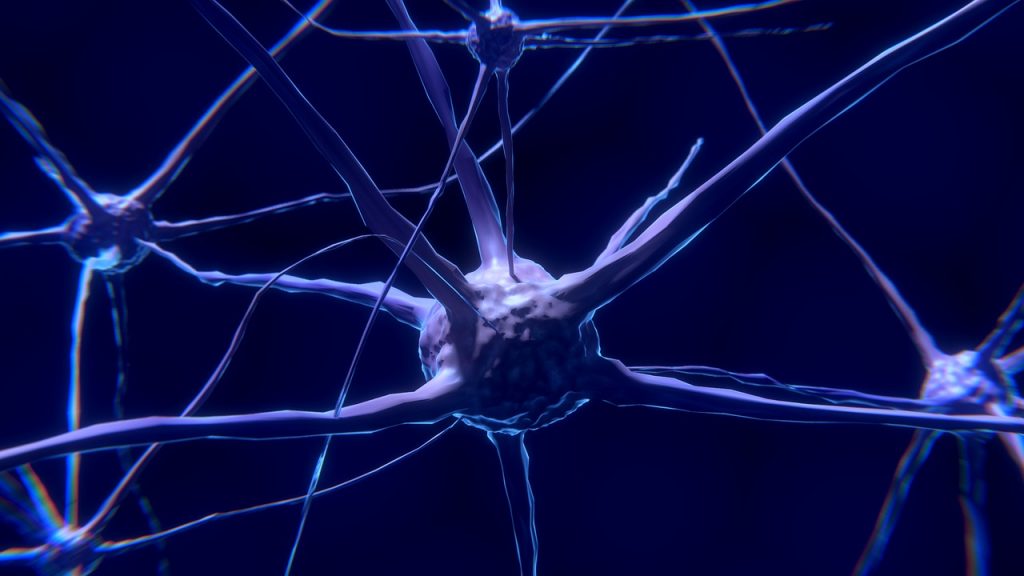New research from the University of Illinois, Chicago has found that some cells increase their activity and grow in large proportions after our death.
The study analyzed gene expression in fresh brain tissue, which was collected during routine brain surgery, at multiple times after removal for simulating the post-mortem interval and death. The results were that the gene expression in some cells increased after death.
These genes, called zombie genes, increased their number after the post-mortem interval. These cells were specific to only one type of cell: inflammatory cells called glial cells. The team found these cells grow and sprout long, arm-like appendages for many hours after death.
Glial cells enlarging after death aren’t too surprising as they are inflammatory and their job is to clean up things after brain injuries like oxygen deprivation or stroke, said Dr. Jeffrey Loeb, the John S. Garvin Professor and head of neurology and rehabilitation at the UIC College of Medicine and corresponding author on the paper.
Most studies focus on finding treatments and potential cures for disorders such as autism, schizophrenia and Alzheimer’s disease, whereas this study focused on the post-mortem gene expression or cell activity. Loeb added they needed these findings to be interpreted on human brain tissues.
The research alerts us on not assuming that everything in the brain stops once the heart stops beating. There has been a global pattern of gene expression in fresh human brain tissue which could not be matched any of the published reports of postmortem brain gene expression from people without neurological disorders or from people with a wide variety of neurological disorders, ranging from autism to Alzheimer’s.
The research team ran a simulated death experiment where they looked at the expression of all the human genes from 0 to 24 hour time on a large block of recently collected brain tissues. They kept these at room temperature for replicating the postmortem interval.
What they found was that about 80% of the genes analyzed remained relatively stable for 24 hours, including those which are often referred to as housekeeping genes that provide basic cellular functions. Those genes involved in brain activity like memory, thinking, etc were seen to be rapidly degrading hours after death. These genes are important to researchers studying disorders like schizophrenia and Alzheimer’s disease, Loeb said.
While these were decreasing rapidly, the zombie genes which we have seen above increased their activity until the neuronal genes were ramping down. The pattern of post-mortem changes peaked at about 12 hours.
These findings mean that we also need to consider the genetic and cellular changes and thus reduce the post-mortem interval as much as possible to reduce the magnitude of these changes. The good news from the results is that we now know which genes and cell types are stable, which degrade, and which increase over time so that we can better understand results from postmortem brain studies.
Journal Reference:
Fabien Dachet, James B. Brown, Tibor Valyi-Nagy, Kunwar D. Narayan, Anna Serafini, Nathan Boley, Thomas R. Gingeras, Susan E. Celniker, Gayatry Mohapatra, Jeffrey A. Loeb. Selective time-dependent changes in activity and cell-specific gene expression in human postmortem brain. Scientific Reports, 2021; 11 (1) DOI: 10.1038/s41598-021-85801-6

